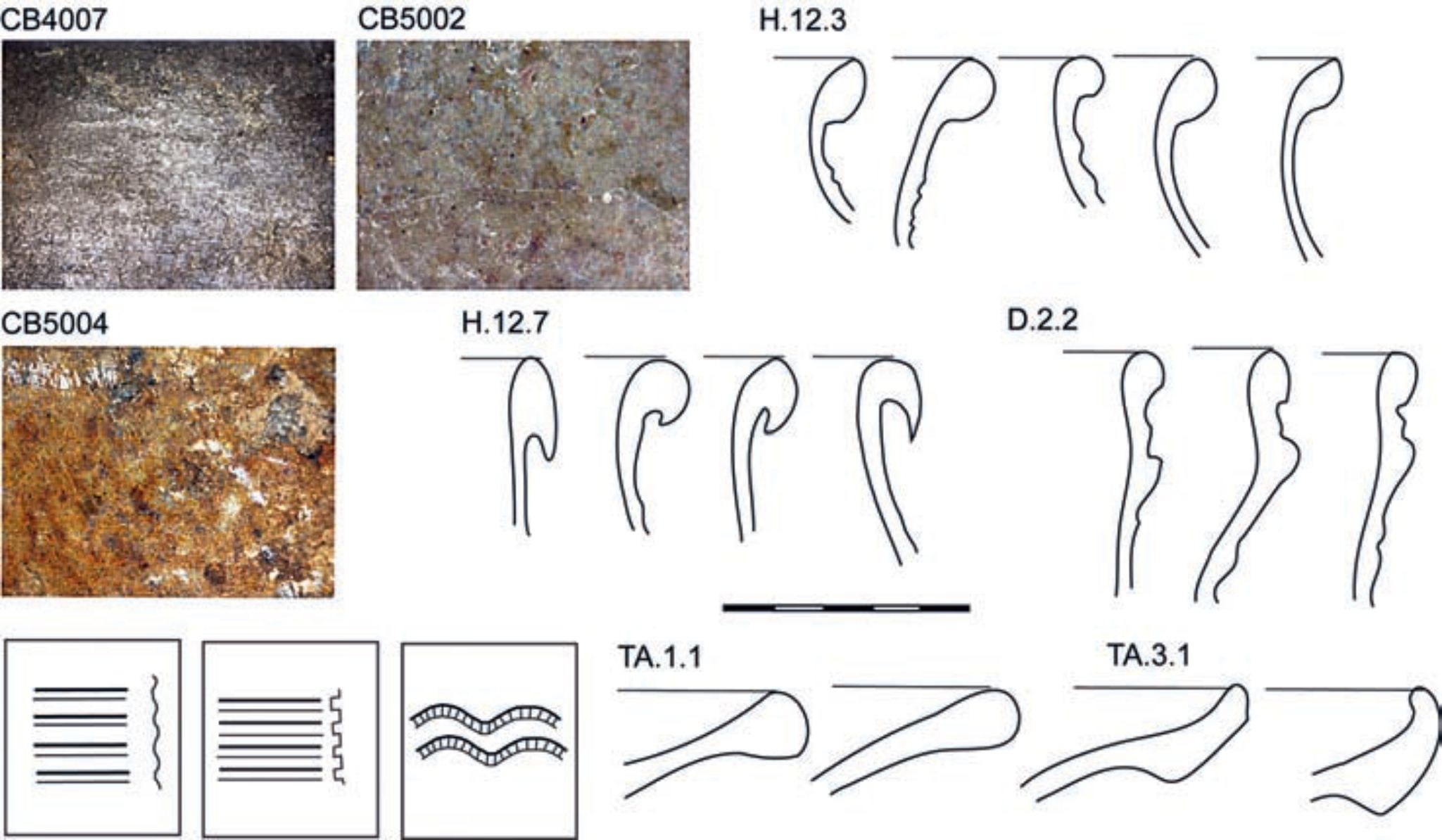Archaeological research in the town hall courtyard in České Budějovice, south Bohemia
An analysis and synthesis of stratigraphic and pottery data and an interpretation of the behavioural model
DOI:
https://doi.org/10.35686/AR.2018.33Keywords:
stratigraphy, chronology, sequential model, behavioural interpretation, town hall, Late Middle Ages, townAbstract
The objective of the study is to present post-excavation methods of work with stratigraphic and pottery data with the aim of creating a relative chronology of the multi-layered site based on a phased sequential model. Exploratory and multidimensional (multivariate) statistical methods of seriation and correspondence and factor analyses are used for interaction between stratigraphic and pottery data. The case study is based on the excavation of the courtyard of the town hall in České Budějovice in 1996–1997, the results of which were recently evaluated and published. This work mainly summarises the main development phases of settlement from the founding of the town in 1265 to the construction of the Renaissance town hall in the mid-16th century and the corresponding statistically determined pottery horizons. The article also outlines the possibilities for the dynamic interpretation of a phased sequential Harris diagram in connection with social and behavioural approaches to the study of archaeological stratification showing many types of human activities in the built-up urban environment.
Downloads












